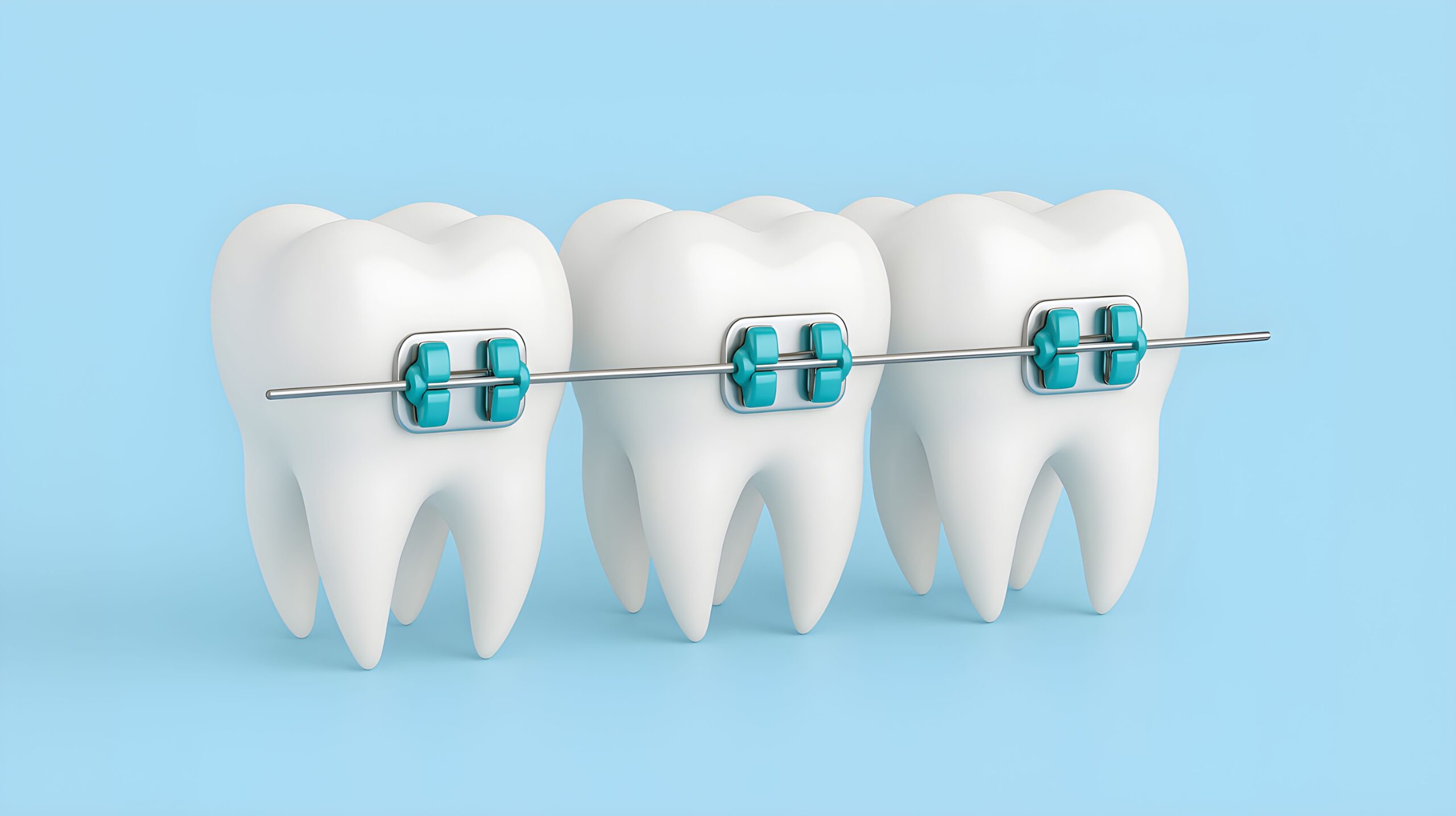Role of Speech Therapy in Orthodontic Treatment


As a practicing orthodontist in Surrey, we treat all kinds of malocclusions in children and adults. Most patients come to our office seeking treatment because their teeth look crooked or, less commonly, because they do not function properly.
Rarely do they come complaining of poor swallowing or tongue thrusting, or of a speech impediment. However, the root cause of some unsightly bites and speech impediments is the fact that they do not swallow properly.
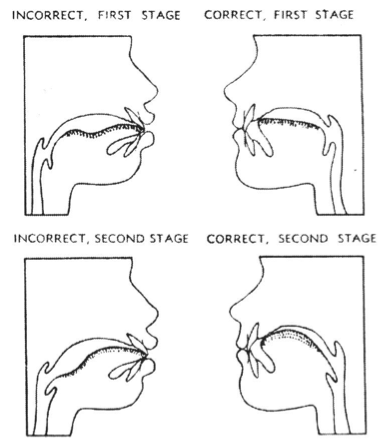
Swallowing is a more complicated activity than most people realize. It involves muscles and nerves of the tongue, cheeks, and throat. In some people, these muscles and nerves retain an “infantile” or protrusive position during swallowing. Swallowing in babies with no teeth is programmed to provide suction to the breast, facilitate “suckling”, the act of stimulating lactation, and provide ingestion of milk without breaking the seal to the breast.
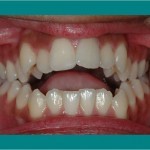
The action of this “infantile” swallowing differs greatly from the normal chewing and swallowing of an older person who is not breastfeeding. The transition from infantile swallowing to normal swallowing occurs usually before the age of 6; thus before the development of adult dentition.
The swallow may also be modified later as the child grows, by thumb or finger-sucking habits or other “mouth habits”. Due to the proximity of the teeth to the muscles affecting swallowing, normal growth and development of the dentition may be affected by abnormal swallowing patterns.
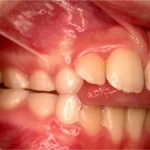
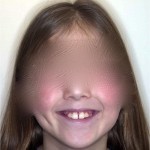
A proper mature swallowing pattern places the tongue up against the roof of the mouth, or hard palate, with the tip of the tongue resting slightly behind the upper front teeth. The shape of the hard palate is influenced by this muscular and “suctional” pressure.
A person who swallows incorrectly, such as in the case of infantile swallow, will place the tongue against the teeth. The pressure from the tongue, which can be a few ounces to several pounds with each swallow, will displace and misalign teeth, This misplaced action is a significant force, since we swallow about 2000 times a day, even when we sleep.
Depending on the pressures of the tongue, cheeks, lips, and throat, malocclusions created by abnormal swallowing patterns can be manifested in ways such as upper protruded teeth or “buck teeth”; anterior open bite, posterior open bite, or constricted upper arch.
Such malocclusions or faulty bites are not only unsightly, but can also cause serious problems that may affect one’s dental health, nutritional balance, or speech problems. We help provide solutions for patients every day at our Surrey and Vancouver Offices.

Hello! I’m Dr. Kevin Lee, a certified orthodontic specialist at PacificWest Dental Group, proudly serving the vibrant communities of Vancouver and Surrey. My journey into orthodontics began back in high school. As a teenager wearing braces, I became fascinated by the intricate blend of art, engineering, and biology that defines this field. This early experience ignited a passion that has guided me throughout my career.
I pursued my academic journey at the University of British Columbia (UBC), where I earned a Bachelor of Science in Biochemistry in 2006, followed by a Doctor of Dental Medicine in 2011. After a year-long residency at Montefiore Medical Center in New York, I returned to UBC to complete a combined Master of Science in Craniofacial Biology and a Diploma in Orthodontics in 2015. That same year, I achieved certification from both the Royal College of Dentists of Canada and the American Board of Orthodontics.
With over a decade of clinical experience, I remain deeply committed to staying at the forefront of orthodontic advancements. At PacificWest Dental Group, we prioritize personalized treatment plans tailored to each patient’s unique needs, ensuring comfort and care every step of the way. Our goal is to help you achieve the smile you’ve always dreamed of in a welcoming and supportive environment.
Outside the clinic, I enjoy engaging with our community and staying active. Whether it’s through local events or outdoor activities, I believe in building strong relationships both inside and outside the office. I look forward to meeting you and working together to create a beautiful, confident smile.
Services we provide:
-Invisalign
-Braces
-Lingual Braces
-Digital treatment planning
-TMJ and headpain treatment
-Laser Therapy
-Sleep Apnea Oral Appliance
-Dysport Cosmetic Injectables



